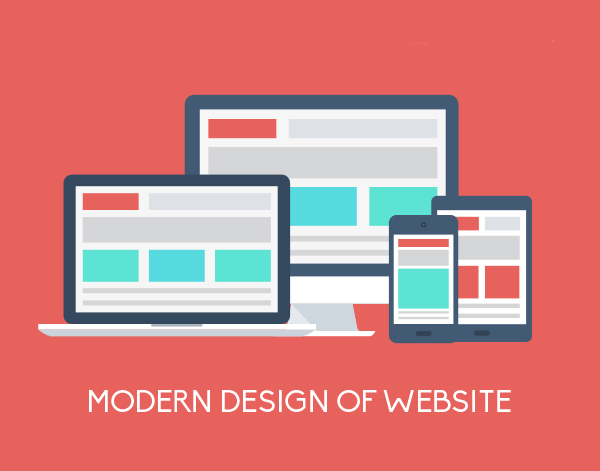In today's era, the importance of web design is crucial. A professionally created website serves as the front of a business, making a lasting first impression on potential customers. It is often the initial point of contact that individuals have with a brand, and it plays a important role in molding their opinion. The visual appeal, functionality, and overall user experience offered by a website directly influence customer actions, impacting everything from interaction to sales.
Investing in quality web design is not just about aesthetic appeal; it is also about building credibility and trustworthiness. A professionally designed website can enhance a company's reputation, making it differentiate itself in the fierce online arena. As companies strive for growth, recognizing the critical role of web design is necessary. It is not merely a decorative element, but a key element that can promote user contentment and ultimately lead to boosted profits.
The Impact of First Impressions
In the online landscape, the importance of first impressions cannot be underestimated. A well-designed website serves as the first point of contact between a business and its potential customers. Within seconds of landing on a site, visitors form opinions about the brand based on the aesthetics, layout, and overall functionality. An attractive and professional design indicates trustworthiness and suggests that the company values quality and attention to detail.

Conversely, a cluttered or outdated website can drive visitors away before they even browse the offerings. A negative first impression often leads to decreased trust and a increased bounce rate, meaning potential customers are prone to leave without interacting further. Web design plays a key role in shaping these instant perceptions, highlighting the need for businesses to allocate time and resources into creating an inviting online presence that shows their values and goals.
Additionally, the emotional reaction elicited by successful web design can affect customer behavior. Colors, typography, and imagery work together to create a unified brand identity that resonates with the intended audience. When a website is designed with the user experience in mind, it not only attracts visitors but also encourages them to interact with the content, ultimately leading to increased conversions and expansion.
UX as a Growth Driver
UX plays a essential role in the success of a business, acting as a key growth driver in the current digital landscape. When visitors visit a site, their interactions significantly affect their view of the company identity. A well-designed site that focuses on user experience fosters engagement, encourages exploration, and ultimately leads to conversions. By grasping user needs and wants, businesses can create an inviting environment that connects with their customers.
An intuitive and visually appealing web design not only draws attention but also helps to establish trustworthiness. Visitors are more likely to explore deeper into a website that offers a smooth navigation experience. If users have difficulty to find what they're looking for or encounter complicated designs, they are prone to abandon the site and look elsewhere. Good web design reduces friction, allowing users to focus on what matters most — the goods or services offered.
Furthermore, a favorable UX contributes to the chances of return visits and brand loyalty. When clients feel appreciated through a considerate website design, they are more inclined to return and refer the website to others. This word-of-mouth promotion amplifies the business's reach, driving natural growth. In conclusion, prioritizing user experience in website design is crucial for companies looking to thrive in a competitive online environment.
Branding and Confidence Through Design
The visual elements of a website significantly contribute to a brand's identity. Consistent use of colors, fonts, and imagery creates a cohesive look that helps establish brand awareness and memorability among visitors. When a company invests in premium web design, it communicates expertise and attention to detail, which can differentiate from the competition. A strong brand identity built through effective graphic design not only attracts new customers but also builds commitment among current ones.
Reliability is a vital component in customer decision-making. A carefully crafted site can enhance credibility by offering an easy-to-use navigation experience, high-quality visuals, and clear information. Features such as verified transaction symbols, customer reviews, and a polished aesthetic all contribute to an impression of reliability. As users interact with an aesthetically pleasing and functional website, they are more likely to gain assurance in their choices, making them more willing to connect with the company.
Additionally, a well-planned web platform caters to the audience's needs and preferences. By prioritizing user experience and ensuring user-friendliness, businesses create an welcoming digital environment. Understanding the target market's habits and design preferences allows companies to forge deeper connections with their audience. When customers feel understood and appreciated through the aesthetic of a website, their confidence in the brand inherently grows, facilitating sustained partnerships and encouraging repeat business.
